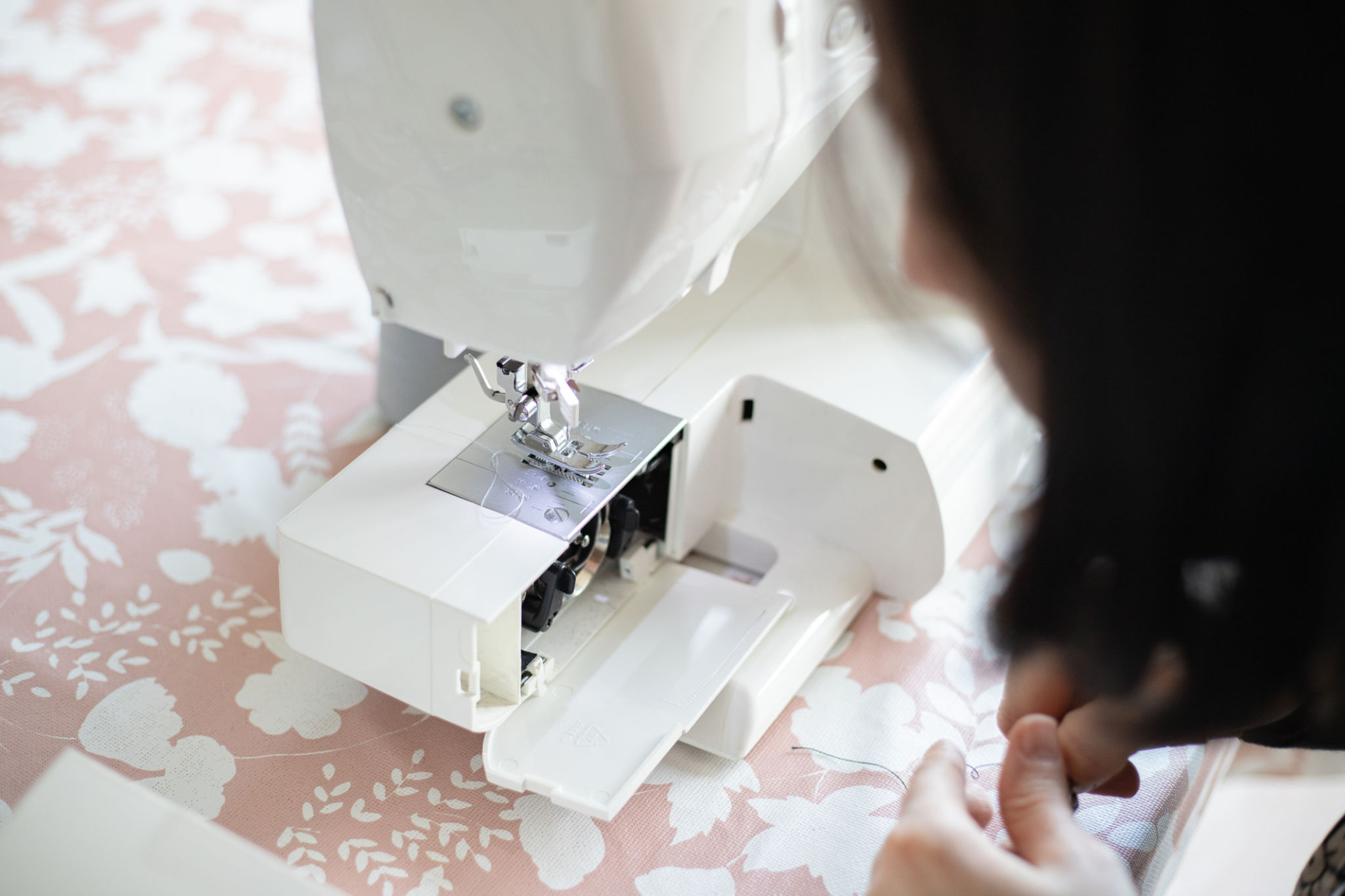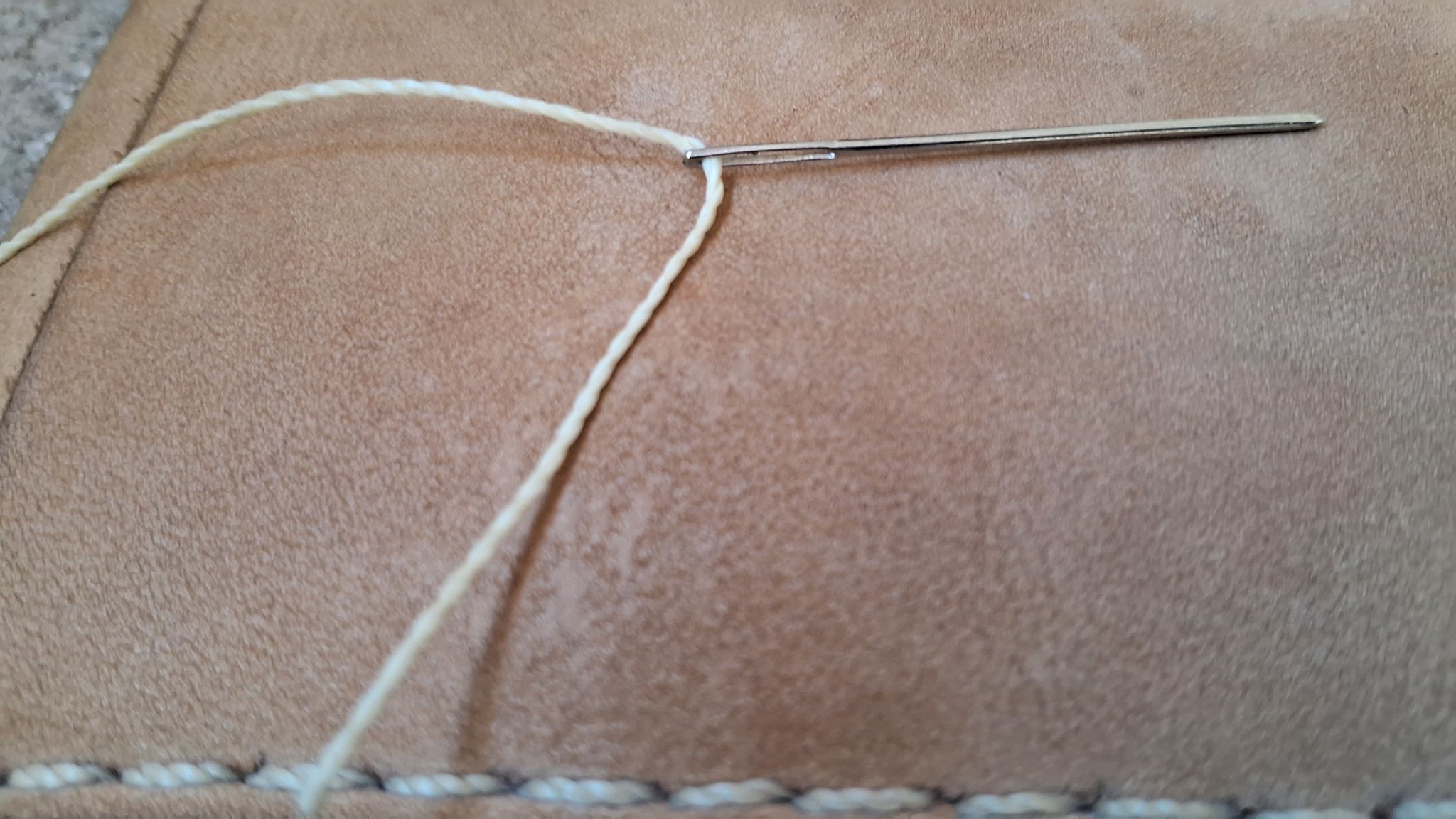DIY Sewing Machine Maintenance Tips to Keep Your Machine Running Smoothly
Maintaining your sewing machine is essential to ensure it runs smoothly and lasts for years. Whether you're a seasoned seamstress or a beginner just getting started, proper care can save you time, money, and frustration. With these DIY sewing machine maintenance tips, you'll be equipped to keep your machine in top condition.
Keep It Clean
One of the simplest yet most effective ways to maintain your sewing machine is by keeping it clean. Dust, lint, and fabric threads can accumulate and cause problems over time. Regular cleaning will prevent these issues and keep your machine running smoothly.
How to Clean Your Machine
Start by unplugging your machine for safety. Use a small brush or a vacuum attachment to remove any visible lint and debris from the machine's exterior and the bobbin area. For stubborn lint, a pair of tweezers can be useful.

Next, carefully open the machine's casing to access the interior components. Follow the manufacturer's instructions to avoid damaging any parts. Use compressed air or a soft brush to remove dust from the inside, but avoid blowing dust further into the machine with excessive force.
Oil Your Machine Regularly
Proper lubrication is crucial for a sewing machine's longevity and performance. Many machines require periodic oiling to ensure smooth operation, particularly around moving parts.
Choosing the Right Oil
Always use sewing machine oil specifically designed for this purpose. Other oils can cause damage or leave residue that affects performance. Refer to your machine's manual for guidance on how much oil to use and where to apply it.

Apply a few drops of oil to the designated parts, such as the shuttle hook and needle bar. After oiling, run the machine for a few minutes without thread to distribute the oil evenly.
Check and Replace Needles
A dull or bent needle can lead to skipped stitches and fabric damage. Regularly inspecting and replacing needles is an essential part of sewing machine maintenance.
Needle Inspection Tips
Inspect your needle before each project. If you notice any bending or damage, replace it immediately. Generally, needles should be changed after 8-10 hours of sewing or at the start of a new project, especially when switching fabric types.

Using the correct needle for your fabric is also important. For example, use ballpoint needles for knits and sharp needles for woven fabrics. This ensures optimal performance and fabric integrity.
Tension Adjustment and Testing
Proper thread tension is vital for achieving even stitches. If you're experiencing issues like puckering or loose stitches, tension adjustment may be necessary.
How to Test Tension
Sew a test swatch using the same fabric and thread as your project. Examine the stitches for uniformity. If adjustments are needed, refer to your manual for guidance on adjusting tension settings. Make small changes and test again until satisfied.
By incorporating these DIY maintenance tips into your routine, you'll be able to enjoy a reliable and efficient sewing experience. Regular upkeep not only extends the life of your sewing machine but also enhances your creative projects with precise and beautiful results.